
Naomi Sha’anan, the dear sister of my close friend Gideon was killed today by an Iranian rocket just as the truce was to take place. Naomi was an intelligent and kind person who was committed to peace, so it is doubly tragic to lose her and lose her voice for justice.
I met Naomi several times both here in California and in Israel. I have a few snapshots of her brother and his family: in Jerusalem in 2008 where we toured under the wall and in 2009 at the Bahai Gardens in Haifa.
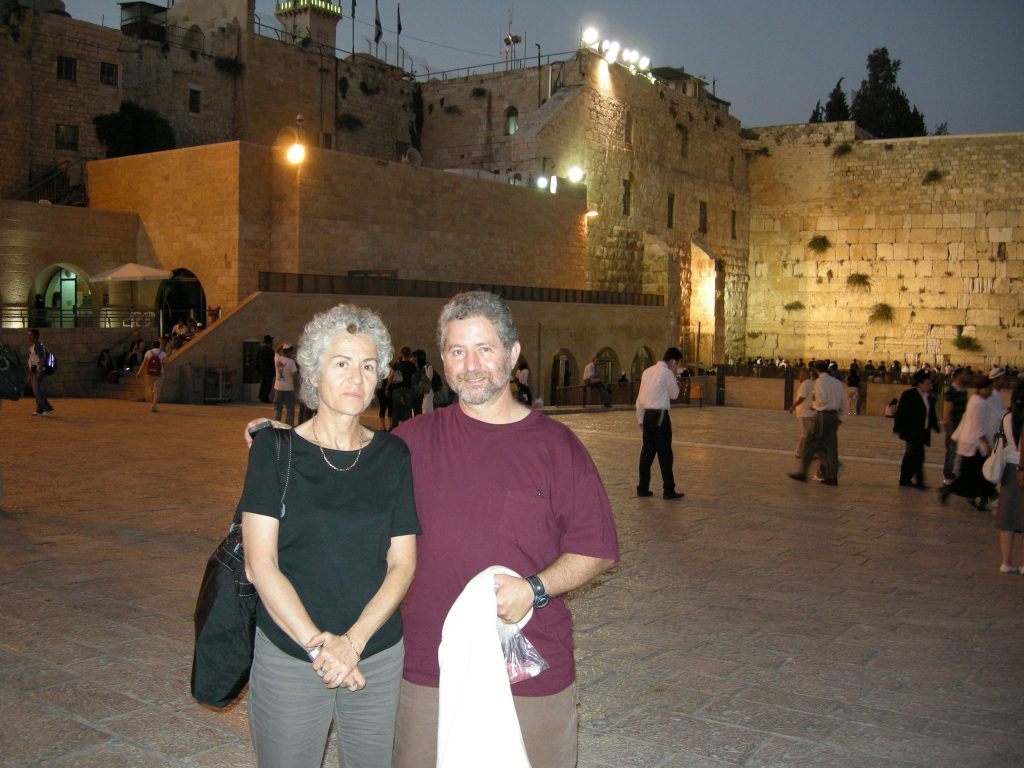
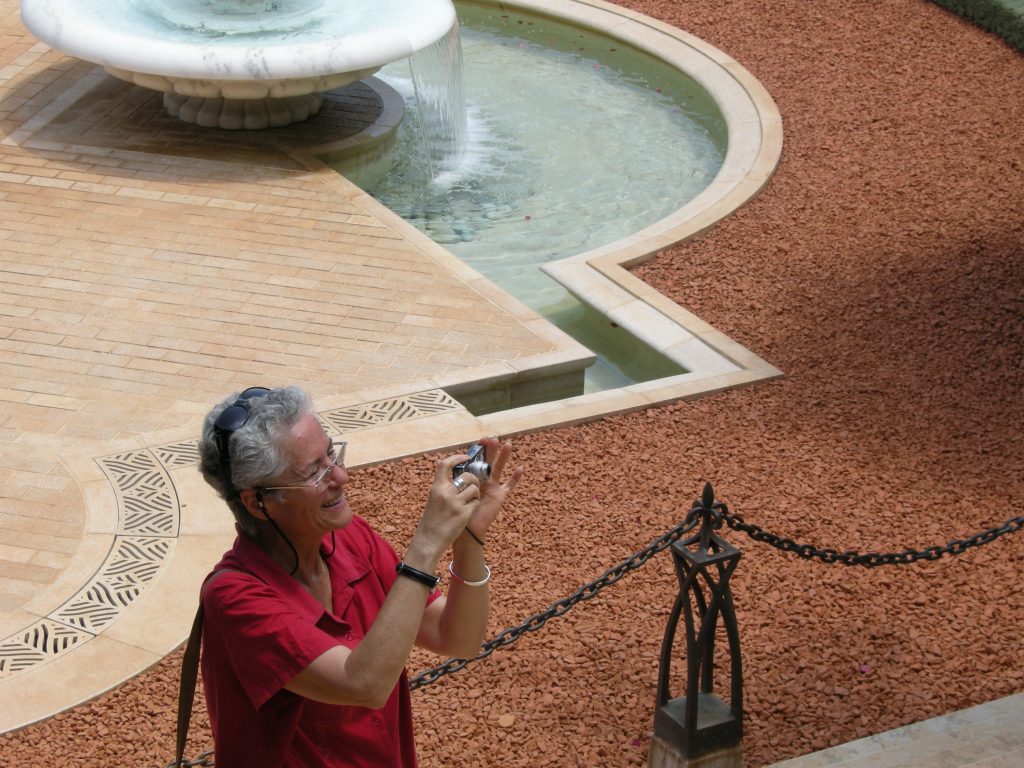
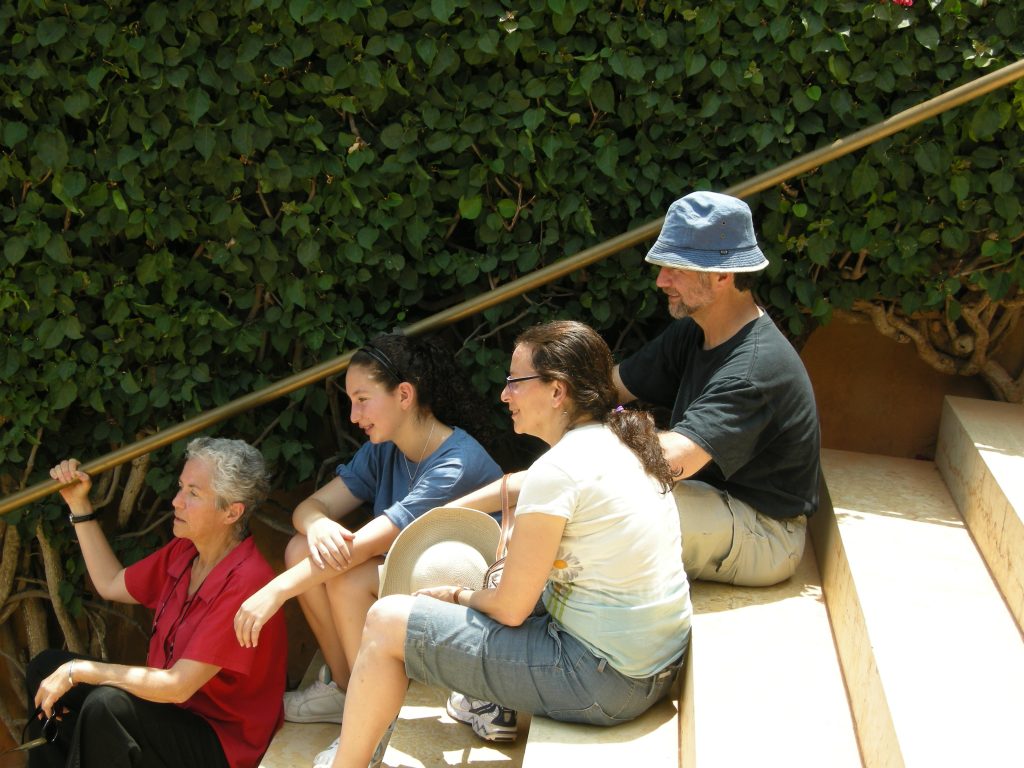
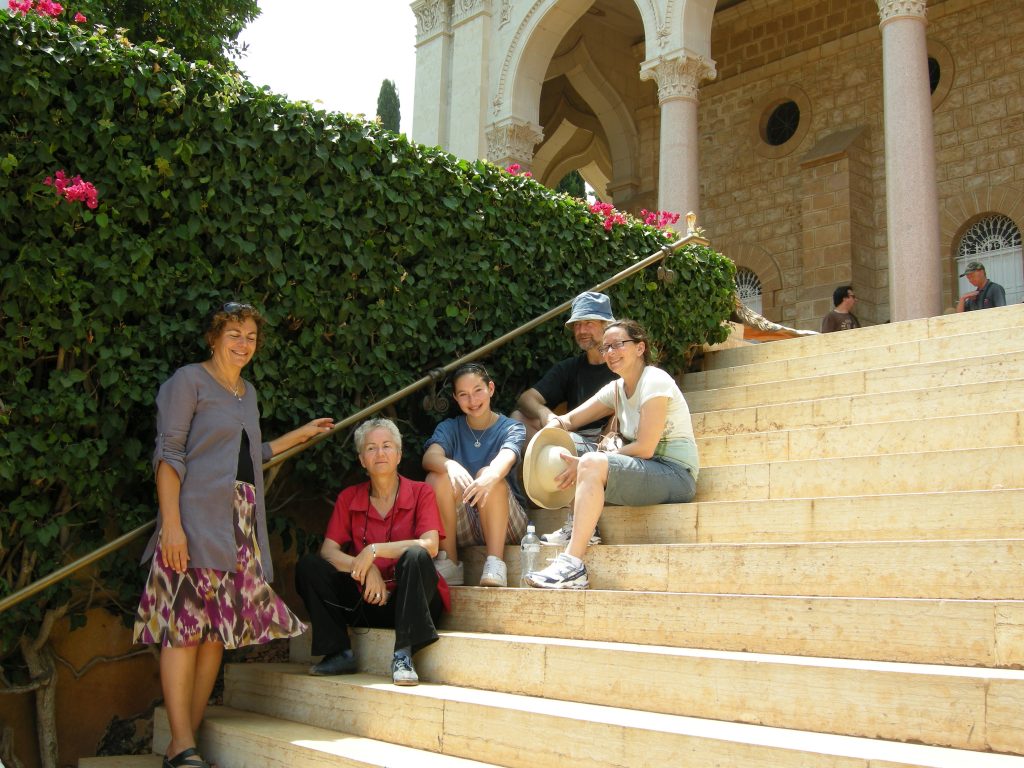
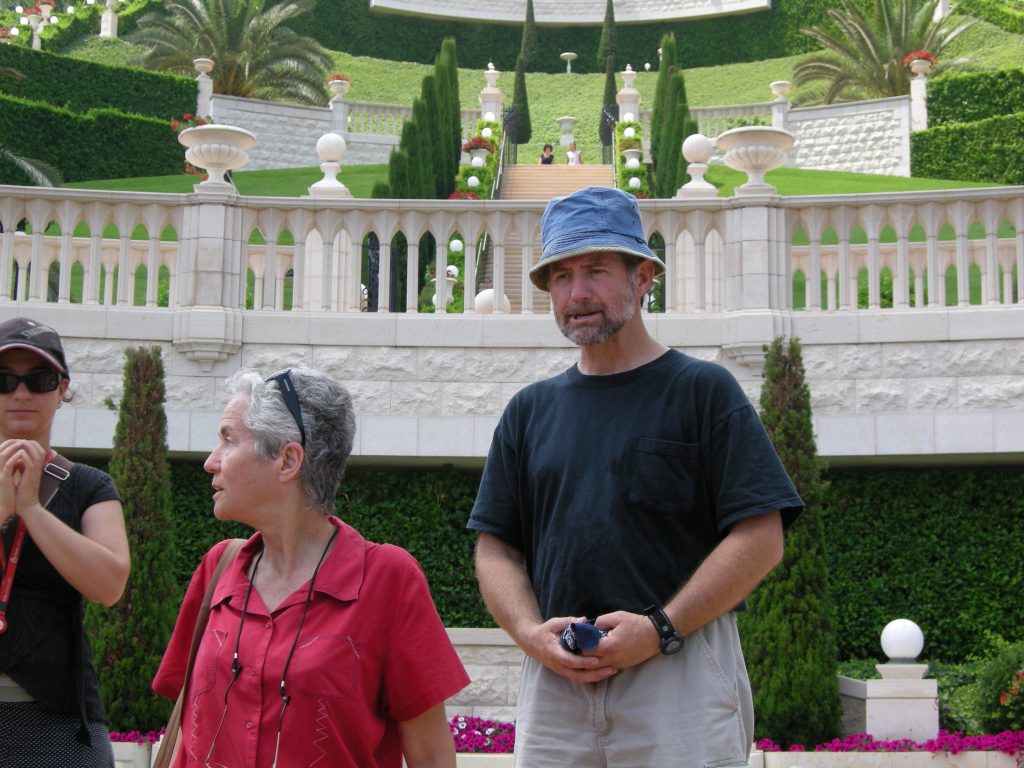
Recently, I learned via Gideon that Naomi and I share the lingering effects of shingles, which made me feel a little closer. And that we share a love for a glass of scotch.
Gideon shared this article translated from Ha’aretz about Naomi’s commitment to demonstrate for the return of the October 7 hostages.
May Naomi’s death mark the beginning of the peace and understanding to which she was so committed.